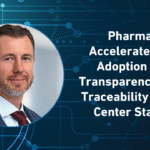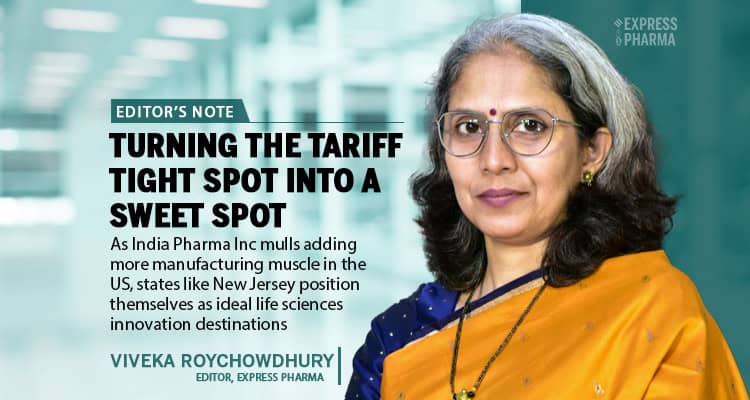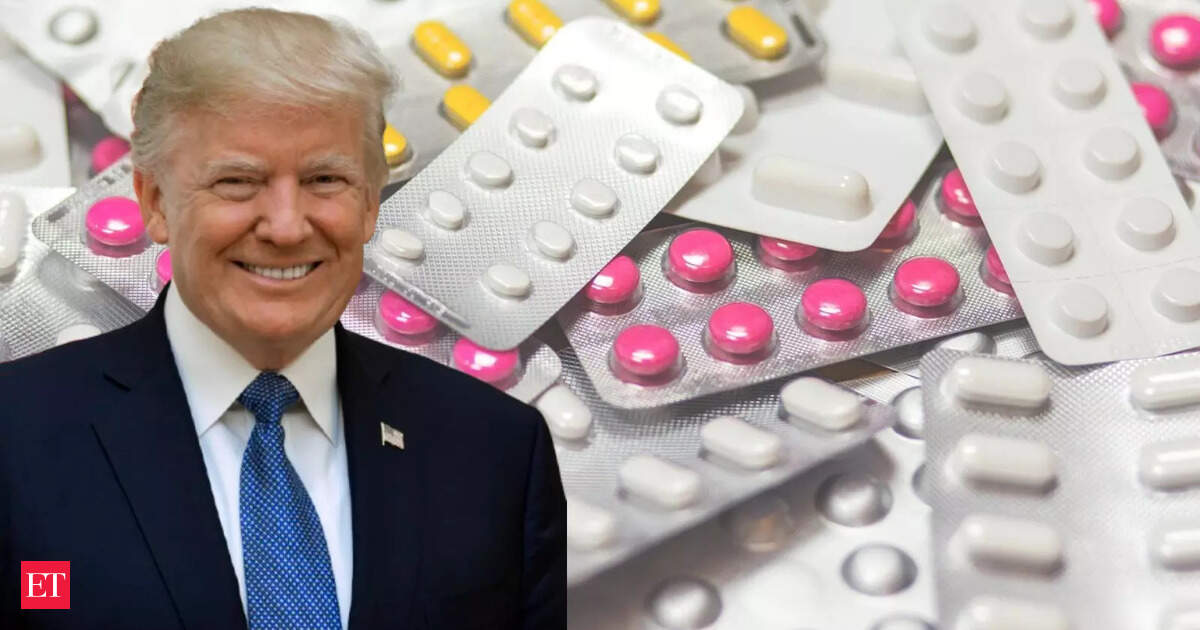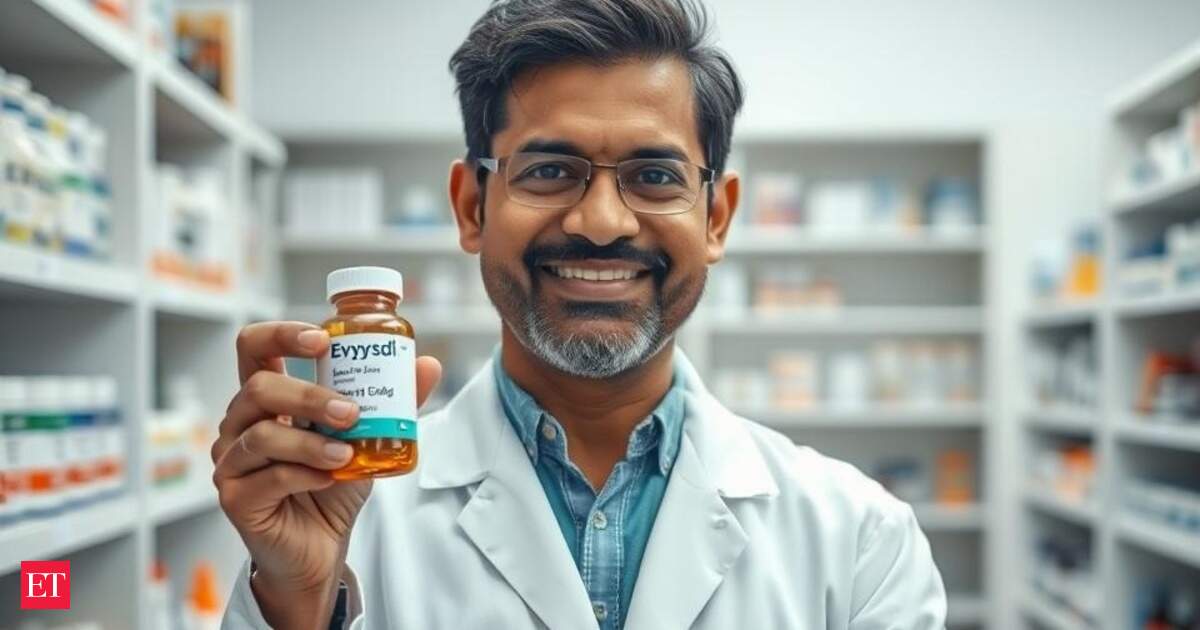US President Trump’s fresh salvo of 100 per cent tariffs on branded or patented pharmaceutical products not ‘Made in America’ finally ends months of suspense. For now, there’s a sense of cautious relief among India Pharma that off patent generics, the bulk of our exports to the US, have been exempted.
The devil lies in the definitions, especially as products like generic biologics are generally considered as brands themselves. Follow on clarifications have already started coming in, adding more nuance to the September 26 Truth Social announcement. On September 27, a Bloomberg report quoted a White House official clarifying that countries with negotiated agreements with the US, like the EU and Japan among other countries, are exempted from the 100 per cent tariffs on imported branded or patented pharmaceutical products.
The true danger lies in resting on our “Pharmacy of the World’ blindspot. India Pharma Inc has excelled at turning a tight spot into a sweet spot. And this could be one such turning point.
As India Pharma Inc mulls adding more manufacturing muscle in the US, there are quite a few takers for their investments. For example, New Jersey governor Phil Murphy was on a week long, four city India tour. In a closed door meeting hosted by international law firm Nishith Desai Associates on September 24 during the Mumbai leg of his India trip, Governor Murphy pitched his state as an ideal life sciences innovation destination. Choose New Jersey officials spoke about strategic innovation centers like the lifesciences-focused HELIX innovation district, as well as “try before you buy” real estate options as part of a “soft landing ecosystem” designed to ease potential investors into settling into NJ.
Aurobindo Pharma, Glenmark Pharma, Dr Reddy’s Laboratories, Sun Pharma, Enzene Biosciences were familiar logos in the Partner with New Jersey booklet, which also mentioned Biocon’s $20 million investment, announced this month, its first manufacturing site in the US.
A sector-wise analysis of Indian companies based out of New Jersey, shows that life sciences companies are the second largest (32 per cent) sector, a close second to tech firms (38 per cent). As per a New Jersey Economic Development Authority (NJEDA) factsheet, Aurobindo Pharma USA is the second largest Indian investing company in NJ by capex ($396 million), followed by Glenmark Pharma ($88.1 million). Dr Reddy’s Laboratories is fifth on the list ($70 million).
Many more states could follow New Jersey, hoping to attract more investments and create more jobs in their states.
The ongoing investigation under Section 232 of the Trade Expansion Act of 1962 examining whether pharma imports are a “national security risk” to the US needs to be carefully monitored. While the US Supreme Court might rule that President Trump does not have the authority to impose these trade tariffs, no one is holding their breath for this verdict.
The September 25 announcement is yet another warning bell, a wake up call for India’s pharma companies to move up the value chain beyond vanilla generics. India Pharma Inc will need to work with renewed vigour, on replicating its cost effectiveness in emerging areas like complex generics, biosimilars, cell and gene therapy, etc if it wants to remain in the race. This will take time and the clock is already tickling. It’s a given that pharma companies will also have to diversify beyond the US market.
While we await the next announcement on Truth Social, it’s clear that a slew of pharma companies already anticipated this move and increased investments in the US. A White House tally puts such pharma manufacturing expansion pledges at $ 325 billion. The latest is Eli Lilly’s plan to build a new $6.5 billion manufacturing facility at Generation Park in Houston, Texas. Over the past year, companies like Novo Nordisk, Merck, Roche, Sanofi and Novartis have announced similar plans to build up their manufacturing presence in the US.
But as pharma companies reassign investments into manufacturing, will R&D budgets shrink even further? Will we see stalled research projects and delayed launches a few quarters down the line?
Most India-based pharma companies already have manufacturing and repackaging facilities in the US but will have to double down on similar fresh investments. President Trump’s message on Truth Social specifies that “building” means “breaking ground” and/or “under construction”. This makes it very clear that mere announcements will not do. Syngene picked up its first US biologics facility in March this year, and we should see more such deals as India Pharma Inc re-draws its risk mitigation strategies.
For example, an HSBC analysis points out that only Sun Pharma has sizable sales from patented drugs in the US (c17 per cent of FY25 revenue). HSBC analysts Damayanti Kerai and Gaurang Sakare suggest that Sun can work around this issue by shifting manufacturing of key products (like Ilumya, which accounts for 56 per cent of its total patented product sales in FY25) from its current CDMO partners (a South Korean CDMO for the drug substance and a European-based CDMO for the finished dose) to US-based CDMO partners, or to its own three plants in the US, or buy existing manufacturing plants. The HSBC analysts estimate that moving supply chains, tech-transfer, plant re-purposing etc. would take considerable time (anywhere from 6-24 months) and resources.
From a patient point of view, generics in the US will remain affordable. For now. A few pharma companies might be impacted by the 100 per cent tariffs while they put in place onshore manufacturing to the US. Sooner or later, these extra costs will be passed on to patients, who will have no choice but to pay up. So will India advocate for affordability and access, over politics and tariffs? Or will it continue to fall in line? India Pharma Inc cannot rest on our “Pharmacy of the World’ blindspot; we have to focus on finding and maximising the next sweet spot.
VIVEKA ROYCHOWDHURY, Editor
[email protected]
[email protected]










